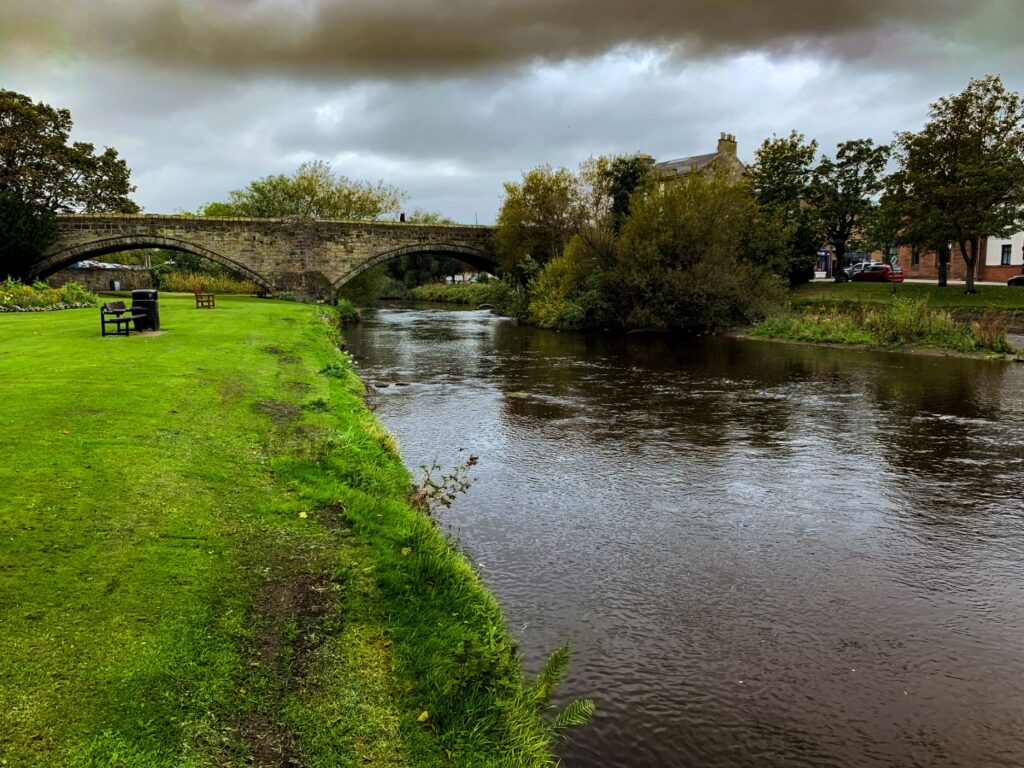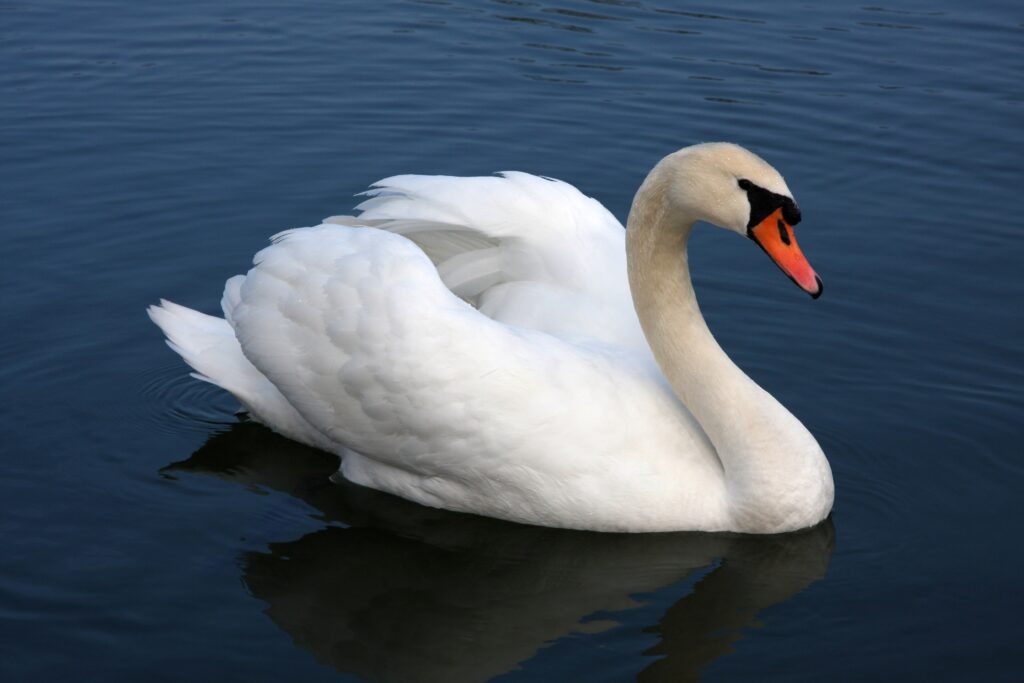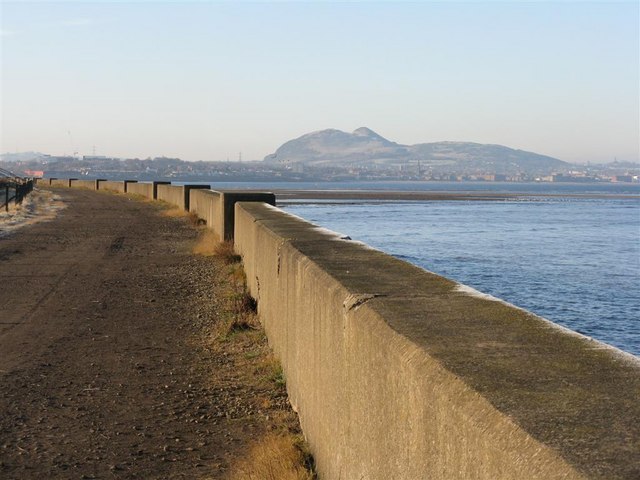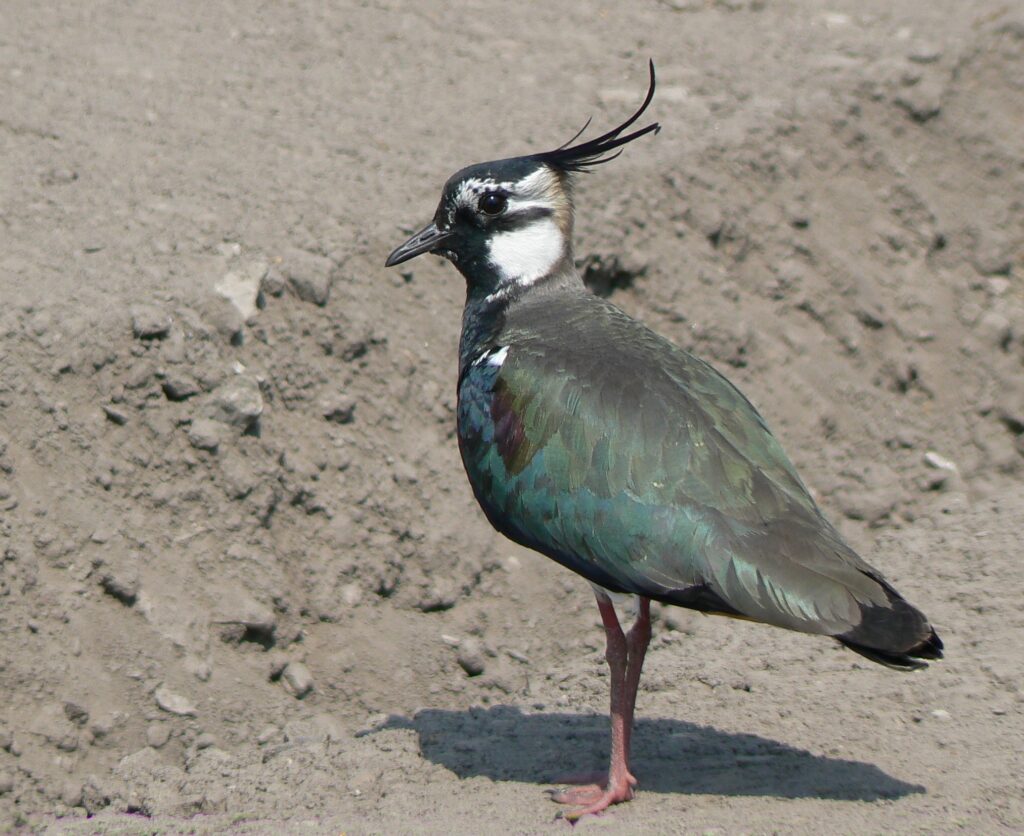Shorthope Street, Musselburgh EH21

©Musselburgh District Angling Association
Running through Midlothian and East Lothian, the River Esk ends in the neighbouring city of Musselburgh. The mouth of the River Esk is a good place to spot groups of swans, Canada geese, gulls, Goldeneyes, Mergansers, and Goosanders. Spanning from the city centre of Musselburgh (‘Store’ Footbridge) to the seashore, the walk ends with a view over Edinburgh and the bay.

©Yerpo, Wikimedia Commons
Especially at low tide, many waders breeding at the nearby Lagoons can be seen feeding. Between mid-summer and early autumn, up to 200 Mute Swans gather here on their migrating journey.

©Stefan Berndtsson, Wikimedia Commons
Sources:
Individual Researcher Walk; East Lothian Council



